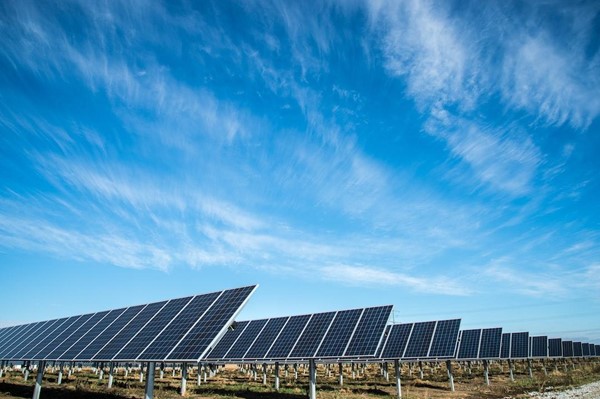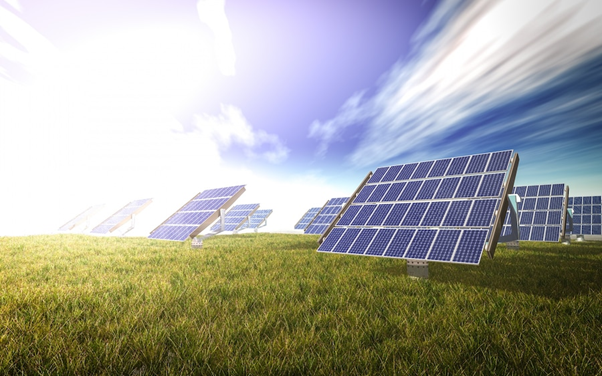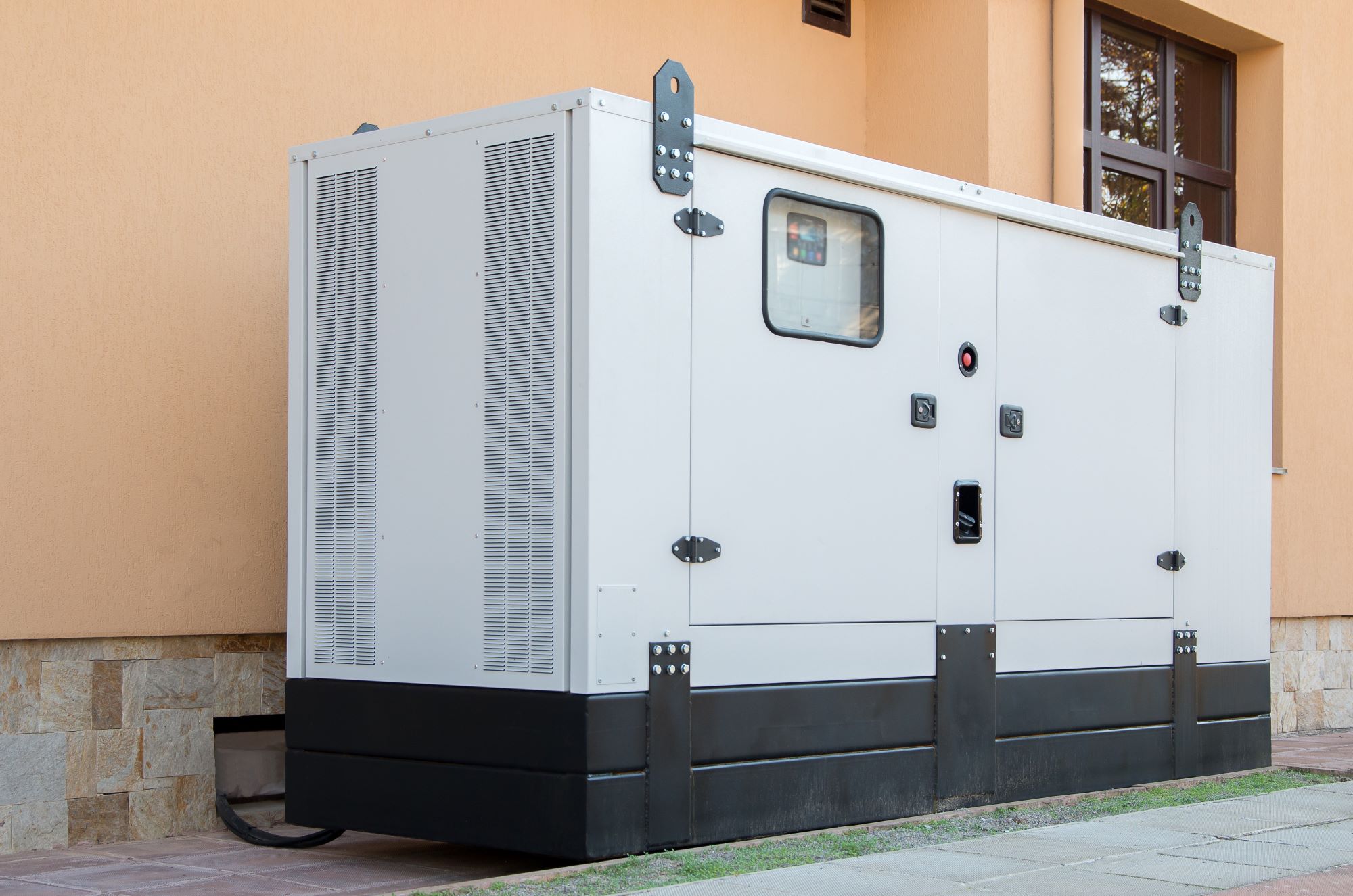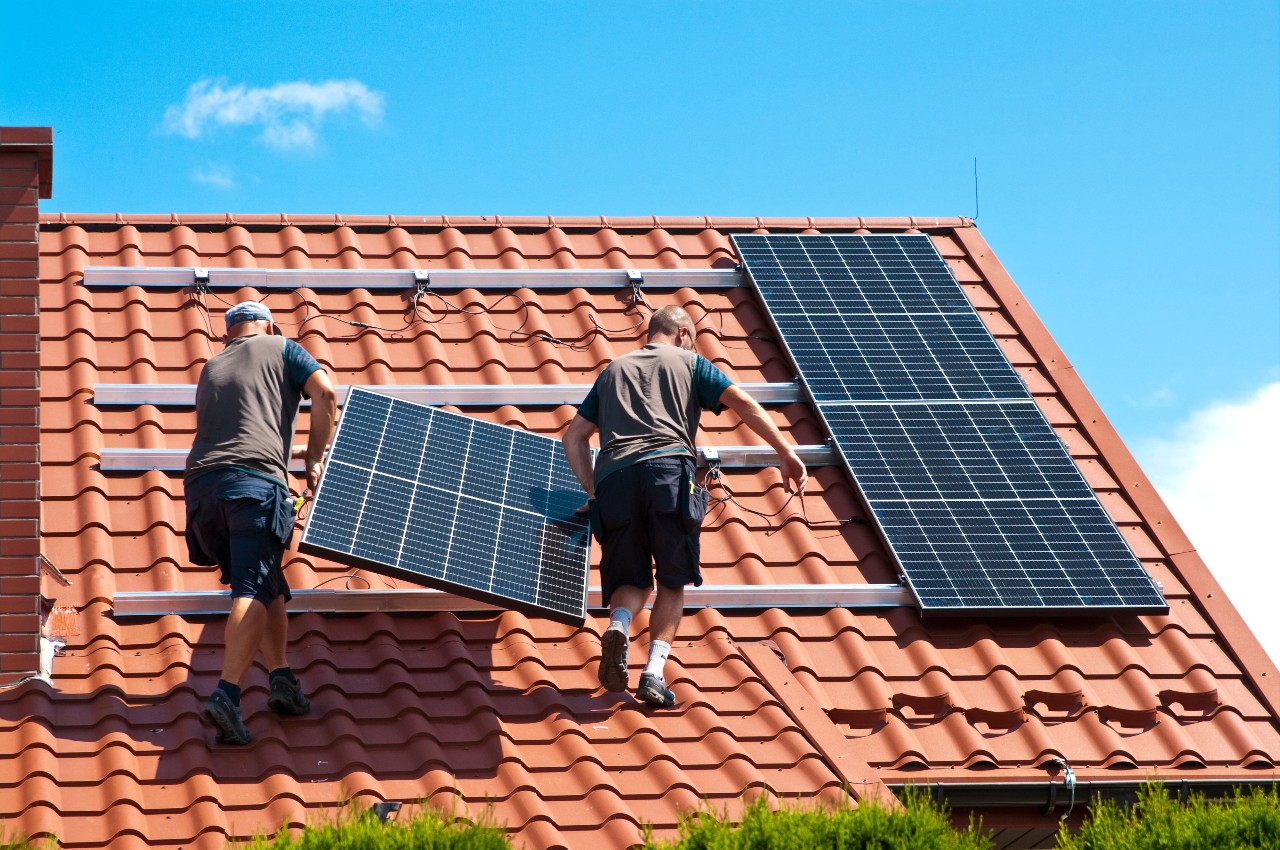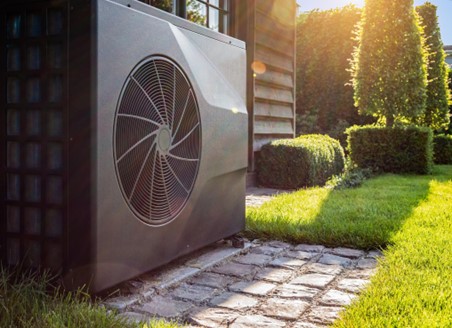Exploring Air Source Heat Pumps: An Introduction to Their Function and Operation
Do you find yourself burdened by expensive energy bills and the constant battle to maintain a cozy indoor temperature? Well, we have just the solution for you! Get ready to learn all about air source heat pumps, a brilliant innovation for both heating and cooling your home.
Wondering what these pumps are and how they function? Understanding air source heat pumps is essential, not only because they offer an efficient and eco-friendly way to regulate your home’s climate, but also because they can significantly improve your quality of life. So, let’s dive right in!
Heat pumps can transfer heat from one place to another. There are different types of heat pumps, but we’ll focus on air source heat pumps for now. These pumps extract heat from the outside air and use it to warm up the inside of your home, or they can extract heat from your home and release it outside to cool your living space.

The Working Process of ASHP
Now, let’s dig into how these clever devices work! They use a refrigerant cycle to absorb heat from the outside air and release it inside. It’s like how your refrigerator works. When the refrigerant in the outdoor unit of the heat pump is colder than the outside air, it absorbs the heat and turns into a gas. This gas is then compressed, increasing its temperature. After that, it moves to the indoor unit where it gives off the heat, raising the temperature indoors.
Components of an Air Source Heat Pump System
To make all of this magic happen, air source heat pumps consist of two main components – the outdoor unit and the indoor unit. The outdoor unit is responsible for absorbing heat from the outside air. It houses the compressor and the heat exchanger, which help in transferring the heat.
The indoor unit, on the other hand, takes the heat collected from the outdoor unit and releases it inside your home. It includes the fan and another heat exchanger. Together, these components work seamlessly to provide you with comfortable temperatures all year round.
Considerations When Installing Air Source Heat Pumps
Before you go rushing with air source heat pump installation, there are a few things to consider. Firstly, you need to ensure that the size and capacity of the heat pump are suitable for your home. A professional installer can determine the right size of your home.
Secondly, it’s important to consider the climate you live in. Air source heat pumps work best in moderate climates. If you live in an extremely cold region, you might need a backup heating system to supplement the heat pump during the coldest months.
Compatibility with your existing heating system is also something to keep in mind. Air source heat pumps can work with various heating systems such as traditional forced-air systems and radiant floor heating. However, it’s best to consult with a professional to ensure proper integration.
Cost factors should also be considered. While air source heat pumps can save you money in the long run by reducing energy bills, the initial installation cost can be higher compared to traditional systems. However, there are often government incentives and rebates available to help offset the cost.
Benefits of Air Source Heat Pumps
Now, let’s talk about why air source heat pumps are such popular options for heating and cooling. Firstly, these pumps are incredibly energy efficient. They can generate up to three times more heat energy than the electrical energy they consume. This means that for every unit of electricity you use, you can get three units of heat. That’s a significant reduction in your energy bills!
Additionally, air source heat pumps operate on electricity, so they don’t rely on fossil fuels like oil or gas. This makes them much more environmentally friendly, reducing your carbon footprint. They help combat climate change and improve air quality by reducing greenhouse gas emissions.
Another advantage is that air source heat pumps provide year-round heating and cooling capabilities. During summer, they can reverse the refrigerant cycle to absorb heat from your home and release it outside, cooling your living space. It’s like having an air conditioner and a heater all in one system!
Finally!
And there you have it! Air source heat pumps are an amazing way to heat and cool your home efficiently while reducing your carbon footprint. By using the principles of heat transfer and the refrigerant cycle, these devices provide energy-efficient solutions for year-round comfort. So, if you’re looking for a more eco-friendly and cost-effective heating and cooling solution, consider giving air source heat pumps a try! Stay comfortable and stay green!






